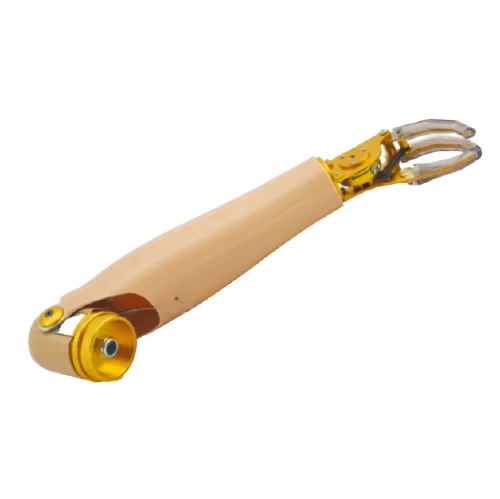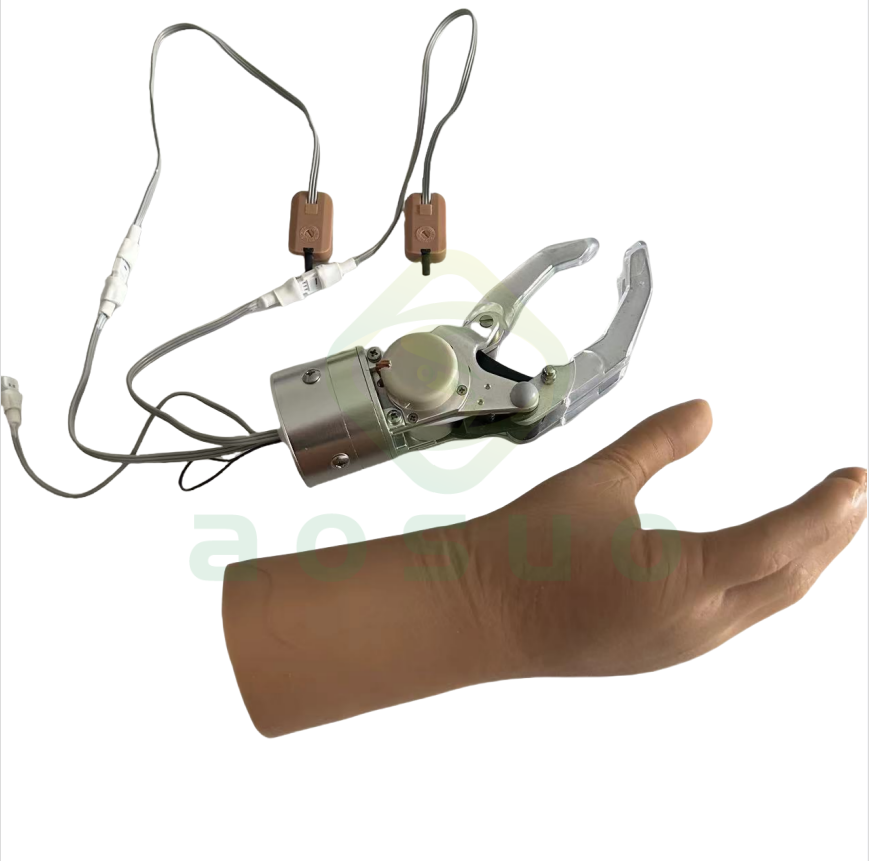Understanding Prosthetic Leg Joints: A Comprehensive Guide
Release Time:
Oct 05,2025
Prosthetic leg joints play a critical role in the functionality and comfort of individuals who have lost a limb. These joints are designed to mimic the natural movement of a human leg, allowing users to walk, run, and engage in daily activities with greater ease. Understanding the different types of prosthetic leg joints, their mechanics, and innovations in this field can greatly enhance the quali
Prosthetic leg joints play a critical role in the functionality and comfort of individuals who have lost a limb. These joints are designed to mimic the natural movement of a human leg, allowing users to walk, run, and engage in daily activities with greater ease. Understanding the different types of prosthetic leg joints, their mechanics, and innovations in this field can greatly enhance the quality of life for amputees.
There are several types of prosthetic leg joints available, each suited to different needs and levels of activity. The two primary categories are mechanical joints and computerized joints. Mechanical joints operate using simple mechanical principles, relying on springs and hinges to provide movement. These joints are typically more affordable and easier to maintain, making them a popular choice for many users. However, they may not offer the same range of motion or adaptability as their computerized counterparts.
Computerized prosthetic joints, on the other hand, utilize advanced technology to replicate the movements of a natural leg more accurately. Equipped with sensors and microprocessors, these joints can adjust their motion in real-time based on the user's activity. For instance, they can automatically alter stiffness when transitioning from walking to running, providing a more natural gait. While they generally come at a higher cost, the benefits of improved mobility and comfort can be significant.
One of the most exciting advancements in prosthetic leg joints is the integration of smart technology. Many modern prosthetics now feature Bluetooth connectivity, allowing users to track their activity levels and customize settings through a smartphone app. This data can provide valuable insights into daily habits and help users optimize their performance. Moreover, as research in the field continues to evolve, we are likely to see even more sophisticated solutions that enhance the user experience.
Choosing the right prosthetic leg joint is a highly personalized decision. Factors such as lifestyle, level of activity, and comfort should all be considered when selecting the appropriate device. Consulting with a prosthetist can help individuals make informed choices based on their unique needs. Additionally, staying informed about new technology and advancements in the field can empower users to take charge of their mobility and well-being.
In summary, prosthetic leg joints are essential components that significantly impact the lives of amputees. By understanding the various types of joints available and the innovations in technology, individuals can make better choices to enhance their mobility and overall quality of life. As the field of prosthetics continues to grow, staying updated on advancements can offer exciting new possibilities for users, ensuring they can lead fulfilling and active lives.
There are several types of prosthetic leg joints available, each suited to different needs and levels of activity. The two primary categories are mechanical joints and computerized joints. Mechanical joints operate using simple mechanical principles, relying on springs and hinges to provide movement. These joints are typically more affordable and easier to maintain, making them a popular choice for many users. However, they may not offer the same range of motion or adaptability as their computerized counterparts.
Computerized prosthetic joints, on the other hand, utilize advanced technology to replicate the movements of a natural leg more accurately. Equipped with sensors and microprocessors, these joints can adjust their motion in real-time based on the user's activity. For instance, they can automatically alter stiffness when transitioning from walking to running, providing a more natural gait. While they generally come at a higher cost, the benefits of improved mobility and comfort can be significant.
One of the most exciting advancements in prosthetic leg joints is the integration of smart technology. Many modern prosthetics now feature Bluetooth connectivity, allowing users to track their activity levels and customize settings through a smartphone app. This data can provide valuable insights into daily habits and help users optimize their performance. Moreover, as research in the field continues to evolve, we are likely to see even more sophisticated solutions that enhance the user experience.
Choosing the right prosthetic leg joint is a highly personalized decision. Factors such as lifestyle, level of activity, and comfort should all be considered when selecting the appropriate device. Consulting with a prosthetist can help individuals make informed choices based on their unique needs. Additionally, staying informed about new technology and advancements in the field can empower users to take charge of their mobility and well-being.
In summary, prosthetic leg joints are essential components that significantly impact the lives of amputees. By understanding the various types of joints available and the innovations in technology, individuals can make better choices to enhance their mobility and overall quality of life. As the field of prosthetics continues to grow, staying updated on advancements can offer exciting new possibilities for users, ensuring they can lead fulfilling and active lives.
Keywords:
You Can Also Learn More About Industry Trends






